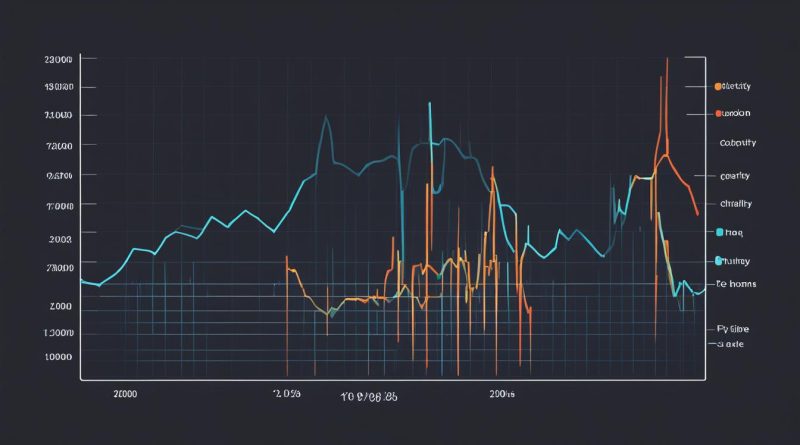Discover When Electricity is Cheapest
Do you ever wonder when electricity is cheapest? Understanding this is crucial if you’re looking to save money on your energy bills. The time of day, season, and region are just some of the factors that impact electricity pricing, costs, and tariffs.
Time of use (TOU) pricing is another significant element in determining when electricity is cheapest. This pricing system depends on the time of day when energy is consumed, with electricity being more expensive during peak hours and cheaper during off-peak hours. By knowing when these off-peak hours are, you can adjust your energy usage and make substantial savings.
Let’s explore the different factors that contribute to determining when electricity is cheapest, including electricity pricing, costs, tariffs, and time of use pricing.
Key Takeaways
- Electricity cost is impacted by various factors, including the time of day, season and region
- Time of use (TOU) pricing system is crucial in determining when electricity is cheapest
- Electricity is more expensive during peak hours and cheaper during off-peak hours
- Off-peak hours differ depending on your location and energy supplier
- Knowing when off-peak hours occur can help you optimize your energy usage
Understanding Off-Peak Times and Time of Use Tariffs
Off-peak electricity refers to the times of low electricity demand, typically during late evenings and early mornings. During these periods, electricity is often cheaper due to lower demand. Consumers can take advantage of these off-peak times to reduce their energy bills.
Time of use tariffs is a pricing scheme that incentivizes energy consumers to reduce their electricity usage during peak demand times. Under this tariff, the electricity prices are higher during peak demand hours, typically during weekdays from 4 pm to 7 pm. By reducing electricity consumption during these periods, consumers can significantly reduce their energy costs.

Smart meters are integral to understanding energy consumption and forecasting electricity demand. They provide accurate data about energy use, helping consumers identify peak times of energy demand and potentially save money on their bills. Smart meters can also enable the use of time of use tariffs, allowing consumers to optimize their energy use during low peak times while paying a lower price for electricity.
Conclusion
By considering all the factors discussed in Section 1, it is possible to determine when electricity is cheapest. It is crucial to understand the concept of off-peak times and time of use tariffs discussed in Section 2 to take advantage of cheaper electricity rates. Smart meters can help monitor energy consumption, providing insights into energy demand forecasting.
By managing energy usage and being mindful of peak electricity times, consumers can reduce their energy bills effectively. It is not only beneficial for their wallets but also contributes to a more sustainable future.
To summarize, by optimizing energy usage and utilizing the information about when electricity is cheapest, consumers can take charge of their energy bills and make informed decisions. By doing so, they can reduce their environmental impact and work towards a greener future.
FAQ
When is electricity cheapest?
The price of electricity can vary depending on several factors, including the time of day and the demand for electricity. Typically, electricity is cheapest during off-peak times when there is less demand for power.
What factors determine electricity pricing?
Electricity pricing is determined by various factors, such as the cost of generation, transmission, and distribution. It also takes into account market conditions, fuel prices, regulatory policies, and the overall demand and supply of electricity.
What are electricity tariffs?
Electricity tariffs are the rates charged by energy providers for the consumption of electricity. These tariffs can vary based on factors such as usage levels, time of use, and the type of customer (residential, commercial, industrial). Understanding electricity tariffs can help you make informed decisions about your energy consumption and find the most cost-effective options for your needs.
What is time of use pricing?
Time of use pricing is a system where electricity prices vary based on the time of day and the level of demand. During peak periods when demand is high, electricity prices may be higher. Conversely, during off-peak times when demand is lower, electricity prices may be lower. Time of use pricing encourages consumers to adjust their energy usage patterns to take advantage of cheaper rates during off-peak hours.
How can smart meters help with energy consumption?
Smart meters are advanced electricity meters that provide real-time information about energy consumption. They enable consumers to monitor and manage their electricity usage more effectively. By using smart meters, consumers can identify high-usage periods, adjust their energy consumption habits, and take advantage of cheaper off-peak rates. Smart meters also facilitate more accurate electricity demand forecasting, which can help energy providers optimize their power generation and distribution systems.
How can understanding off-peak times and time of use tariffs benefit me?
Understanding off-peak times and time of use tariffs can help you reduce your electricity costs. By shifting your energy-intensive activities, such as running appliances or charging electric vehicles, to off-peak hours, you can take advantage of lower electricity rates. This can lead to significant savings on your energy bills. Additionally, by spreading the demand for electricity more evenly throughout the day, you contribute to a more reliable and sustainable energy grid.




